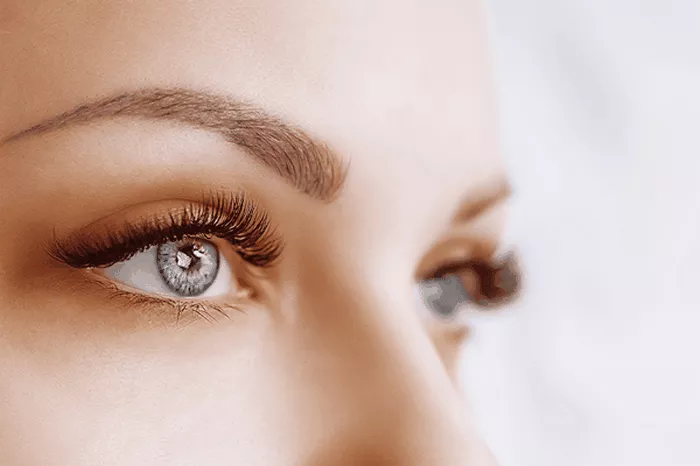Double eyelids, also known as “supratarsal” creases, are a coveted feature in many Asian and non-Asian cultures alike. They can create the illusion of larger, more expressive eyes, contributing to an individual’s overall facial aesthetics. While some people naturally possess double eyelids, others seek various methods, including surgery, to achieve this desired look. But what determines natural double eyelids, and why do some individuals have them while others do not? In this article, we will explore the factors that play a role in the presence or absence of natural double eyelids.
Genetic Factors
Genetics play a significant role in determining whether an individual will have natural double eyelids. The eyelid crease is primarily determined by the structure and attachment of the levator aponeurosis, a muscle responsible for lifting the upper eyelid. The inheritance of this trait is often linked to one’s family history.
If both parents have double eyelids, the chances of their offspring inheriting this trait increase significantly. However, it is important to note that genetics are not the sole determining factor. There are instances where individuals with double-eyelid parents do not have double eyelids themselves, and vice versa.
Eyelid Anatomy
The anatomy of an individual’s eyelids can also influence whether they have natural double eyelids. The presence or absence of a crease largely depends on the thickness and structure of the eyelid skin, as well as the underlying fat and muscle tissues. In individuals with a thicker layer of subcutaneous fat, the eyelid skin may appear smoother, making it more likely to form a natural crease.
The attachment of the levator aponeurosis to the skin and the tarsal plate (a rigid structure in the upper eyelid) also plays a role. If the aponeurosis attaches to the skin above the tarsal plate, a crease is formed, resulting in a double eyelid. Conversely, if the aponeurosis attaches to the tarsal plate or below it, a single eyelid may be present.
Age and Development
Natural double eyelids can sometimes develop or become more prominent as an individual grows older. This phenomenon is often observed in children who are born with single eyelids but later develop double eyelids as they age. This change can be attributed to the maturation of the levator aponeurosis and the shifting of fat deposits in the eyelid region.
Additionally, hormonal changes during puberty can also influence the appearance of double eyelids. Some individuals may notice changes in their eyelid creases as their bodies undergo hormonal fluctuations.
Environmental Factors
Environmental factors, such as exposure to sunlight and UV radiation, can affect the elasticity and condition of the skin on the eyelids. Prolonged sun exposure can lead to skin damage and premature aging, which may impact the development of natural double eyelids. Proper skincare and sun protection can help maintain the health and appearance of the eyelid skin.
Cultural and Ethnic Influences
Cultural and ethnic backgrounds can play a significant role in the prevalence of double eyelids within a population. For example, double eyelids are more common among individuals of East Asian descent, while they are less prevalent among those of South Asian or African descent. This variation is primarily due to genetic differences that have evolved over generations.
Non-Surgical Methods
Many individuals who do not naturally have double eyelids seek non-surgical methods to create the appearance of double eyelids. These methods include the use of eyelid tape, adhesive strips, and makeup techniques. While these methods are temporary and do not alter the underlying anatomy of the eyelids, they can provide the desired look for those who prefer not to undergo surgery.
Surgical Intervention
For those who desire a permanent change in their eyelid structure, surgical intervention is an option. Blepharoplasty, also known as double eyelid surgery, is a cosmetic procedure that creates a double eyelid crease. During the surgery, the levator aponeurosis is repositioned or altered to create a natural-looking crease. This procedure is popular among individuals who wish to enhance their appearance and is performed by qualified plastic surgeons.
Conclusion
The presence or absence of natural double eyelids is influenced by a combination of genetic, anatomical, developmental, environmental, and cultural factors. While genetics play a significant role, other factors such as age, eyelid anatomy, and environmental influences can also affect whether an individual has double eyelids. It’s important to note that there are various methods, both non-surgical and surgical, to achieve the desired appearance of double eyelids, allowing individuals to make choices that align with their personal preferences.
Ultimately, whether one has natural double eyelids or not, beauty comes in many forms, and individual uniqueness should always be celebrated and appreciated.


